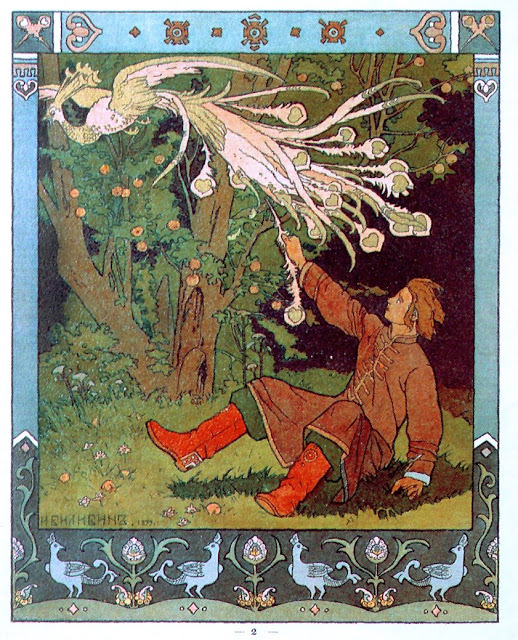“All games have morals; and the game of Snakes and Ladders captures, as no other activity can hope to do, the eternal truth that for every ladder you hope to climb, a snake is waiting just around the corner, and for every snake a ladder will compensate. But it’s more than that; no mere carrot-and-stick affair; because implicit in the game is unchanging twoness of things, the duality of up against down, good against evil; the solid rationality of ladders balances the occult sinuosities of the serpent; in the opposition of staircase and cobra we can see, metaphorically, all conceivable oppositions, Alpha against Omega, father against mother.”
Salman Rushdie
Midnight’s Children
 Game of Snakes and Ladders, gouache on cloth (India, 19th century)
Game of Snakes and Ladders, gouache on cloth (India, 19th century)
Snakes and Ladders is an ancient Indian board game regarded today as a worldwide classic. It is played between two or more players on a game board having numbered, gridded squares. A number of “ladders” and “snakes” are pictured on the board, each connecting two specific board squares. The object of the game is to navigate one’s game piece, according to die rolls, from the start (bottom square) to the finish (top square), helped or hindered by ladders and snakes respectively. The historic version had root in morality lessons, where a player’s progression up the board represented a life journey complicated by virtues (ladders) and vices (snakes).
Snakes and Ladders originated in India as part of a family of dice board games, that included Gyan chauper and pachisi (present-day Ludo and Parcheesi). The game made its way to England and was sold as “Snakes and Ladders”, then the basic concept was introduced in the United States as Chutes and Ladders (an “improved new version of England’s famous indoor sport”) by game pioneer Milton Bradley in 1943.
Known as Moksha Patam, the game was popular in ancient India and emphasized the role of fate or karma. A Jain version, Gyanbazi or Gyan chauper, dates to the 16th century. The game was called Leela and reflected the Hinduism consciousness surrounding everyday life. The underlying ideals of the game inspired a version introduced in Victorian England in 1892.
Moksha Patam was associated with traditional Hindu and Jain philosophy contrasting karma and kama, or destiny and desire. It emphasized destiny, as opposed to games such as pachisi, which focused on life as a mixture of skill (free will) and luck.The game has also been interpreted and used as a tool for teaching the effects of good deeds versus bad. The board was covered with symbolic images, the top featuring gods, angels, and majestic beings, while the rest of the board was covered with pictures of animals, flowers and people. The ladders represented virtues such as generosity, faith, and humility, while the snakes represented vices such as lust, anger, murder, and theft. The morality lesson of the game was that a person can attain salvation (Moksha) through doing good, whereas by doing evil one will inherit rebirth to lower forms of life. The number of ladders was less than the number of snakes as a reminder that a path of good is much more difficult to tread than a path of sins. Presumably the number “100” represented Moksha (salvation).
The phrase “back to square one” originates in the game of snakes and ladders, or at least was influenced by it – the earliest attestation of the phrase refers to the game: “Withal he has the problem of maintaining the interest of the reader who is always being sent back to square one in a sort of intellectual game of snakes and ladders.”



 La Grande Odalisque, 1814, Jean AugusteDominique Ingres
La Grande Odalisque, 1814, Jean AugusteDominique Ingres

























